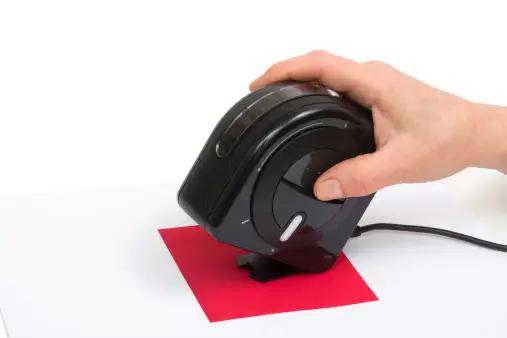Last updated on January 12th, 2024 at 05:48 am
Have you ever received a marketing flyer or brochure that left a lasting impression on you? Chances are, it had a photorealistic design that drew you in and captured your attention. In today’s competitive market, it’s important to stand out and make a statement through your marketing materials. And one of the best ways to do that is through photorealistic printing. But what exactly is photorealistic printing and how can you use it to enhance your marketing materials? Let’s take a closer look at some of the best techniques for achieving photorealistic printing for your marketing materials.
The Basics of Photorealistic Printing
Photorealistic printing, also known as high fidelity printing, is a technique that aims to reproduce artwork or images in a way that looks as close to real life as possible. It involves using specialized equipment and techniques to create high-quality and detailed prints that are visually appealing. This type of printing is often used for marketing materials such as brochures, posters, billboards, and packaging.
The Importance of Color Matching
When it comes to photorealistic printing, color matching is crucial. It involves ensuring that the colors in the printed material match as closely as possible to the colors in the original artwork or image. This is achieved through the use of color calibration equipment and software, which ensures that the colors are consistent throughout the printing process. Color matching is essential in maintaining the integrity of the original artwork and creating a realistic and visually pleasing final product.
The Role of High-Quality Materials
In addition to color matching, using high-quality materials is also essential for achieving photorealistic printing. This includes using high-quality paper or cardstock, as well as quality ink and toner. Using cheap, low-quality materials can result in fuzzy or pixelated prints, which will not give the desired effect. Investing in high-quality materials may cost more, but it will ultimately result in a more professional and realistic final product.
The Techniques for Photorealistic Printing
Achieving photorealistic printing involves using a combination of techniques to produce high-quality prints. Some of the techniques used include:
Digital Printing
Digital printing is a popular technique for achieving photorealistic printing. It involves directly transferring the digital image onto the printing material, resulting in crisp and detailed prints. This technique is particularly useful for projects with a tight deadline, as it allows for quick turnaround times.
Offset Printing
Offset printing is another widely used technique for photorealistic printing. It involves transferring the ink from a plate to a rubber blanket and then onto the printing material. This technique allows for more control over the colors and produces high-quality prints with sharp details.
Silk Screening
Silk screening, also known as screen printing, is a technique that involves forcing ink through a mesh screen onto the printing material. This technique is useful for producing bold and vibrant colors, making it a popular choice for posters and T-shirts.
Conclusion
In today’s visually-driven society, photorealistic printing has become an essential tool for marketers and businesses looking to make an impact. By understanding the basics of color matching and using high-quality materials, combined with techniques such as digital printing, offset printing, and silk screening, you can achieve photorealistic prints that will leave a lasting impression on your target audience. So the next time you’re creating marketing materials, remember these techniques and watch your designs come to life.
Frequently Asked Questions
Can photorealistic printing be done on any material?
Yes, photorealistic printing can be done on a variety of materials, including paper, cardstock, plastic, and fabric.
Is there a limit to the size of the print that can be achieved with photorealistic printing?
No, photorealistic printing can be done in a variety of sizes, from small posters to large billboards.
How long does photorealistic printing last?
With proper care and handling, photorealistic prints can last for many years without fading or losing their quality.



